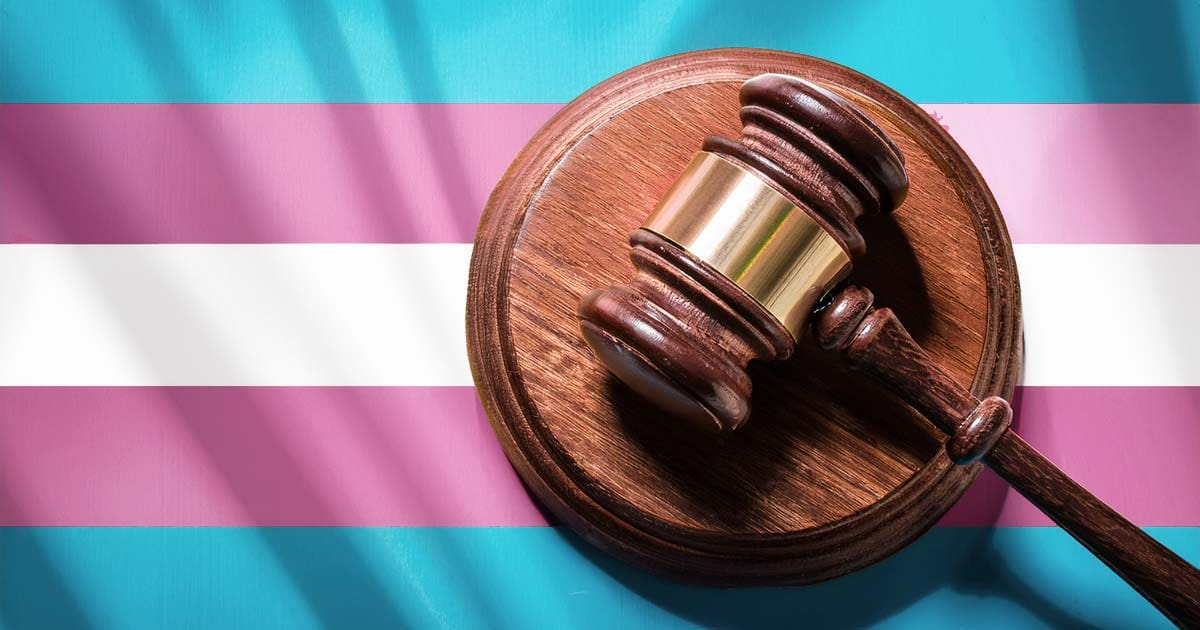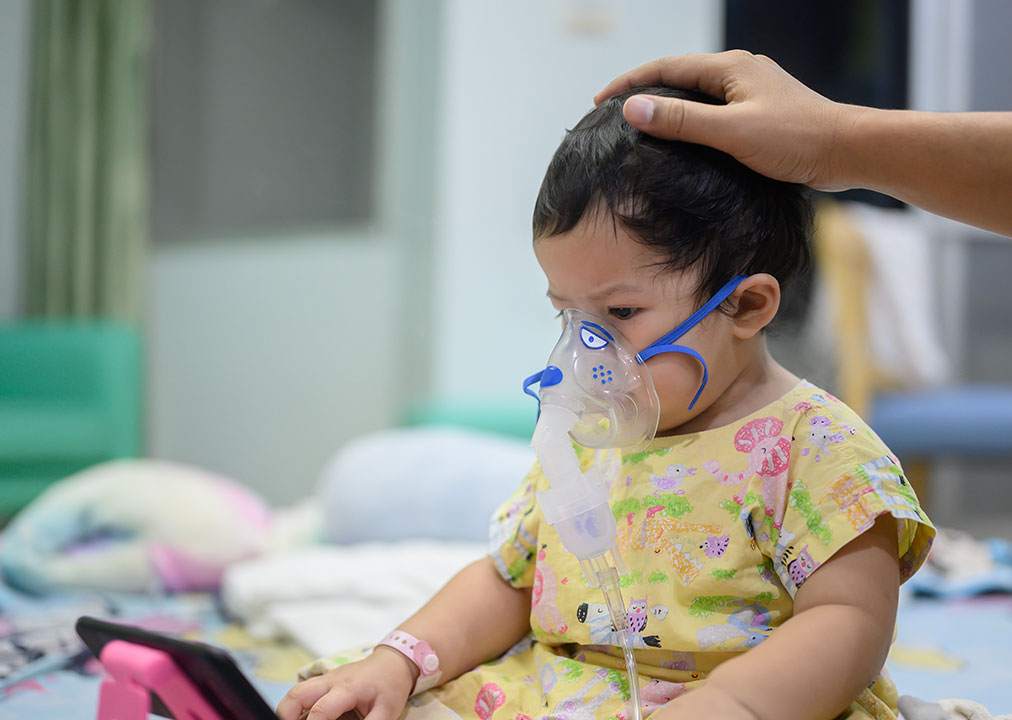Denmark moves to defend human dignity from deepfakes – aleteia.org

Report on Proposed Deepfake Legislation and its Alignment with Sustainable Development Goals
Introduction: AI-Generated Content as a Challenge to Sustainable Development
The proliferation of Artificial Intelligence (AI)-generated “deepfake” content presents a significant challenge to global stability, justice, and human dignity. This technology, which creates hyper-realistic video or audio impersonations, is increasingly deployed for malicious purposes, including misinformation, harassment, financial scams, and identity theft. Addressing this threat is not merely a legal or technological issue but is intrinsically linked to the achievement of the United Nations Sustainable Development Goals (SDGs). A legislative proposal in Denmark offers a model for how nations can create frameworks to mitigate these harms, directly supporting several key SDGs.
Denmark’s Legislative Proposal: Strengthening Institutions for Justice and Peace (SDG 16)
Denmark’s proposed law directly confronts the misuse of AI by strengthening legal and institutional frameworks, a core target of SDG 16 (Peace, Justice and Strong Institutions). The initiative aims to build a more accountable and just society in the digital age.
Key Provisions of the Proposed Law
- Right to Removal: Citizens would be granted the legal right to demand the removal of non-consensual, AI-generated imitations of themselves.
- Civil Compensation: Victims would be entitled to seek financial compensation for damages incurred.
- Platform Accountability: Technology platforms hosting such content would face significant penalties for non-compliance, incentivizing responsible content moderation.
Advancing SDG 16 Targets
This legislative framework is designed to provide access to justice for all and build effective, accountable institutions. By establishing clear legal recourse for victims of digital impersonation, the law upholds Target 16.3 (promote the rule of law and ensure equal access to justice). Furthermore, Denmark’s intention to champion similar protections during its EU Council presidency represents an effort to strengthen international cooperation, aligning with Target 16.A (strengthen relevant national institutions… to prevent violence and combat terrorism and crime).
Broader Implications for the Sustainable Development Agenda
The regulation of deepfake technology extends beyond SDG 16, impacting a wide array of goals centered on equality, health, and responsible innovation.
Protecting Vulnerable Populations and Reducing Inequalities (SDG 5 & SDG 10)
Deepfake technology is a tool that can exacerbate existing societal inequalities. The proposed legal protections are crucial for:
- Achieving Gender Equality (SDG 5): Malicious deepfakes, particularly in the form of synthetic pornographic content, disproportionately target women and girls. Providing legal tools to combat this form of digital violence is essential for protecting their rights and well-being.
- Reducing Inequalities (SDG 10): The threat of AI-driven manipulation extends to all citizens, not just public figures. By ensuring that everyday individuals have legal protection against digital impersonation and scams, the law promotes a more equitable society where technological harms do not fall disproportionately on the vulnerable.
Fostering Responsible Innovation and Economic Security (SDG 9 & SDG 8)
The Danish proposal seeks to guide technological advancement toward ethical outcomes, a principle central to sustainable industrialization and economic growth.
- Industry, Innovation, and Infrastructure (SDG 9): The law encourages responsible innovation by holding tech companies accountable for the misuse of their platforms. This steers the AI industry toward service and authentic human communication rather than exploitation, fostering a more sustainable and human-centric technological infrastructure.
- Decent Work and Economic Growth (SDG 8): By providing a framework to combat AI-generated scams and identity theft, the legislation helps protect the economic security of individuals, contributing to a safer and more stable economic environment.
Conclusion: Challenges and the Path Toward Global Governance
While Denmark’s initiative is a vital step, its success highlights significant global challenges. Enforcing such laws across international borders and ensuring that legal systems can adapt to the pace of technological change remain critical hurdles. The move, however, serves as a catalyst for a broader international dialogue on holding technology companies responsible and recovering the societal conviction that human identity is not a commodity for digital replication. Ultimately, creating a safe and equitable digital future requires global cooperation to ensure that innovation aligns with the core principles of the Sustainable Development Goals.
Analysis of SDGs in the Article
1. Which SDGs are addressed or connected to the issues highlighted in the article?
-
SDG 16: Peace, Justice and Strong Institutions
This is the most relevant SDG. The article focuses on the need for a legal framework to address the misuse of deepfake technology. It discusses Denmark’s proposed law to protect individuals from “misinformation, harassment, scams, or identity theft,” which directly relates to promoting justice and building effective, accountable institutions to handle new technological threats. The core theme is about establishing the rule of law in the digital space to protect human dignity and prevent crime.
-
SDG 5: Gender Equality
The article mentions that deepfake technology is used to create “synthetic pornographic content.” This form of abuse disproportionately targets women and girls, making SDG 5 relevant. The goal to eliminate all forms of violence against women and girls is directly connected to the need for laws that prevent the creation and distribution of non-consensual, AI-generated explicit material.
-
SDG 9: Industry, Innovation and Infrastructure
The article is centered on a specific technological innovation: “the explosive rise of deepfake technology.” It raises critical questions about responsible innovation and the need to “steer AI toward service, not exploitation.” This connects to SDG 9’s emphasis on fostering innovation while ensuring it is sustainable and beneficial for humanity, rather than harmful. The discussion about holding tech companies responsible for the tools they host also falls under this goal.
2. What specific targets under those SDGs can be identified based on the article’s content?
-
SDG 16: Peace, Justice and Strong Institutions
- Target 16.1: Significantly reduce all forms of violence and related death rates everywhere. The article identifies deepfake-driven “harassment” and “traumatizing” manipulation as forms of psychological violence that new laws seek to curb.
- Target 16.3: Promote the rule of law at the national and international levels and ensure equal access to justice for all. Denmark’s proposal to give citizens the right to “request removal of AI-generated imitations” and “seek civil compensation” is a direct effort to promote the rule of law and provide access to justice for victims of digital impersonation.
- Target 16.4: By 2030, significantly reduce illicit financial and arms flows, strengthen the recovery and return of stolen assets and combat all forms of organized crime. The use of deepfakes for “scams” and “identity theft” represents a new form of crime that this target aims to combat.
- Target 16.10: Ensure public access to information and protect fundamental freedoms, in accordance with national legislation and international agreements. The article highlights the threat of “misinformation” and the need for a legal framework that protects a person’s identity and likeness (“a clear line around non-consensual impersonation”), which is a fundamental aspect of personal freedom and dignity.
-
SDG 5: Gender Equality
- Target 5.2: Eliminate all forms of violence against all women and girls in the public and private spheres, including trafficking and sexual and other types of exploitation. The mention of “synthetic pornographic content” directly relates to this target, as creating and distributing such material is a form of sexual exploitation and violence.
- Target 5.b: Enhance the use of enabling technology, in particular information and communications technology, to promote the empowerment of women. The article implicitly addresses this target by highlighting the negative case: how technology, when unregulated, can be used to disempower and harm individuals, particularly women. The proposed laws are a necessary safeguard to ensure technology serves empowerment rather than exploitation.
-
SDG 9: Industry, Innovation and Infrastructure
- Target 9.5: Enhance scientific research, upgrade the technological capabilities of industrial sectors in all countries…and encouraging innovation. The article discusses the challenge of managing a powerful innovation (“explosive rise of deepfake technology”). It implies that for innovation to be sustainable, it must be accompanied by ethical and legal guardrails that “steer AI toward service, not exploitation.”
3. Are there any indicators mentioned or implied in the article that can be used to measure progress towards the identified targets?
-
Indicators for SDG 16 Targets
- Existence of legal frameworks for digital impersonation: Progress can be measured by the number of countries that, like Denmark, propose or enact laws giving citizens “legal control over their digital image.” The article asks if “legal systems [can] adapt quickly enough,” implying that the rate of adaptation is a key indicator.
- Mechanisms for accountability: The implementation of “stiff penalties for noncompliance” for platforms hosting harmful content is a measurable indicator of institutional accountability.
- Reduction in reported incidents: A decrease in the number of reported cases of deepfake-related “misinformation, harassment, scams, or identity theft” would be a direct indicator of the effectiveness of these laws.
-
Indicators for SDG 5 Targets
- Prevalence of non-consensual synthetic content: A reduction in the creation and circulation of “synthetic pornographic content” would be a key indicator of progress in eliminating this form of technology-facilitated violence against women.
-
Indicators for SDG 9 Targets
- Adoption of responsible AI principles by tech companies: An indicator would be the extent to which “tech companies can be held responsible for the misuse of the tools they host.” This could be measured through corporate policy changes, transparency reports, and compliance with new regulations.
4. Summary Table of SDGs, Targets, and Indicators
| SDGs | Targets | Indicators (as identified in the article) |
|---|---|---|
| SDG 16: Peace, Justice and Strong Institutions |
16.1: Reduce all forms of violence.
16.3: Promote the rule of law and ensure equal access to justice. 16.4: Combat all forms of organized crime. 16.10: Protect fundamental freedoms. |
– Reduction in reported cases of deepfake-related harassment. – Number of countries with laws allowing citizens to request removal of fake content and seek compensation. – Reduction in deepfake-related scams and identity theft. – Existence of legal frameworks that draw a “clear line around non-consensual impersonation.” |
| SDG 5: Gender Equality |
5.2: Eliminate all forms of violence against all women and girls.
5.b: Enhance the use of enabling technology to promote the empowerment of women. |
– Reduction in the creation and distribution of “synthetic pornographic content.” – Implementation of legal safeguards to prevent technology from being used for exploitation, thereby ensuring it can be a tool for empowerment. |
| SDG 9: Industry, Innovation and Infrastructure | 9.5: Enhance scientific research and encourage responsible innovation. |
– Establishment of mechanisms to hold tech companies responsible for the misuse of their tools. – Adoption of ethical and legal guardrails to “steer AI toward service, not exploitation.” |
Source: aleteia.org

What is Your Reaction?
 Like
0
Like
0
 Dislike
0
Dislike
0
 Love
0
Love
0
 Funny
0
Funny
0
 Angry
0
Angry
0
 Sad
0
Sad
0
 Wow
0
Wow
0












































































